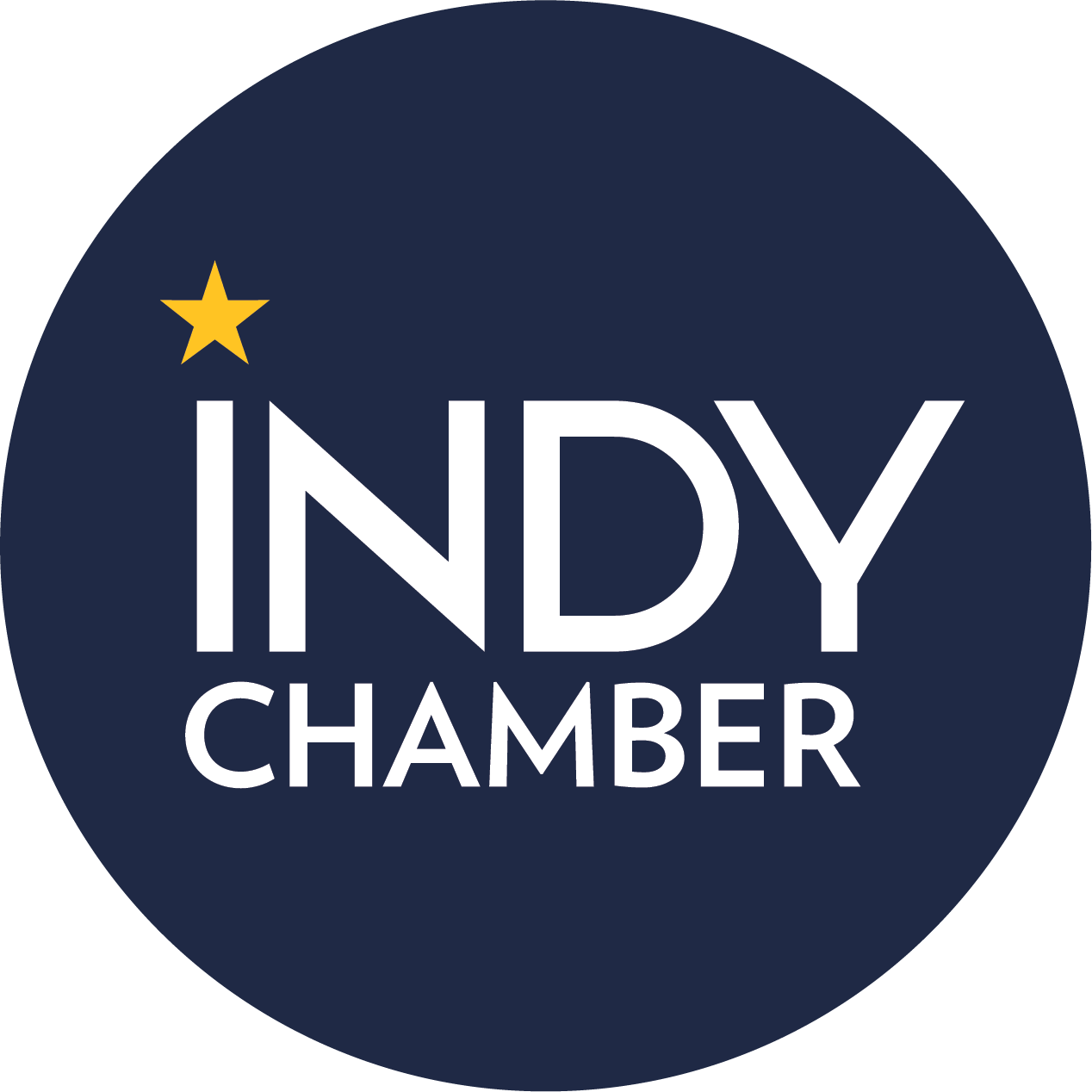Community Banks are actually Money Factories

Community banks are actually money factories
If you’re like most people, you think of your local bank as a place to safeguard what you’ve earned and borrow more when you need to. That’s accurate, but the most important role banks play in your community is generating money.
That doesn’t mean your local bank is printing $20s in the basement. It’s a simplified description of how banks fit into our nation’s economy. In fact, local banks are the backbone of America’s economy. By acting as financial intermediaries between people who need to save and others who want to borrow, community banks like ours inject substantial sums of money into the local economy.
There’s an all-too-common misconception that banks simply take the money people deposit and store it in a vault. It’s true banks keep some currency in their vaults, but only enough to meet the day-to-day needs of their customers. The bulk of those deposits are returned to the community in the form of loans for businesses, homes, vehicles, and other needs.
So many of the same dollars that come into the bank as deposits go back out the door as loans. How does that generate money? Answering that question requires a description of what are known as reserve requirements.
To ensure the safety of the money people and companies entrust to their banks, the Federal Reserve Bank (commonly known as the “Fed”) requires banks like ours to maintain ten percent of deposits we receive as a reserve.(1) We can either keep that reserve as cash on hand or deposit it with the Fed for safekeeping. Banks generally keep the majority of their reserves with the Fed.
What do we do with the other 90 percent of the deposits? That’s where the magic of generating money happens. We use the 90 percent to make all those loans I mentioned earlier. For example, we might loan the money to a local business so it can buy a new forklift and become more productive and profitable. Or we might lend it to a growing family so they can move into a larger home.
When the business makes the purchase, the forklift dealer deposits the money in its own bank account. The seller of the new home does the same thing with the proceeds from the sale. Then those banks use the money they’ve received to make their own loans, keeping ten percent back for the required reserve. The companies and people who receive those loans use them to make purchases, and the proceeds are deposited in other banks, and the cycle continues.
Suppose your company deposits $10,000 in Bank A. They put $1,000 of that in reserves and lend the remaining $9,000. The recipient of that money deposits it in Bank B, who puts $900 in reserves and lends the remaining $8,100. Bank C receives the $8,100, puts aside $810, and lends out $7,290. The cycle keeps repeating. Eventually, that initial $10,000 deposit manages to generate a total of about $90,000 in loans. It’s what economists refer to as a money multiplier.
- The Federal Reserve temporarily lifted the reserve requirement March 26, 2020 as an economic stimulus in response to COVID 19.
Even more important than the amount of loans is what all that money accomplishes. Businesses receiving loans are able to add new equipment, locations, and capabilities, which generally involves creating new jobs in their communities. The people who take those jobs will put some of their earnings in the bank, but they’ll also spend much of it at local businesses, helping them prosper. An individual who receives a loan to buy a new pickup truck spends money at the local car dealer, who uses it to pay their staff and taxes that benefit the community.
In other words, the individual or business making that initial deposit sets off a chain of events that helps many other businesses and individuals prosper, strengthening the local economy. The banks who make those loans earn revenue from the interest the borrowers pay, which also support the economy by creating jobs within the banks and strengthening the banks’ capital, allowing them to lend even more money.
Of course, banks focus on a variety of objectives. For community banks, the focus is most often the towns and counties where they do business. When a community banker lends money to a local business, they know it’s likely that much of the money-creation process I described earlier will take place locally. The business receiving the loan comes out ahead, but so will other local businesses and the people who work at and patronize those businesses. The economic growth will also flow into schools, parks, libraries, and the many other elements we call quality of life.
So the bank down the street from your company may not have a printing press in their basement, but they do operate a mighty money-making machine. If you want to see it in operation, just take a long look around your community.
###
Karen Gregerson is President & CEO of The Farmers Bank, a locally owned and operating bank with 10 banking offices in Central Indiana.
The Farmers Bank is a $700 million asset organization chartered in 1876 with headquarters in Frankfort, IN. The Farmers Bank is locally owned and operated with 10 banking offices located in Central Indiana providing retail, business, investment & trust services, mortgage, and electronic banking services. Member FDIC, Equal Housing Lender.

Join Our Newsletter
Quick Connect Links



